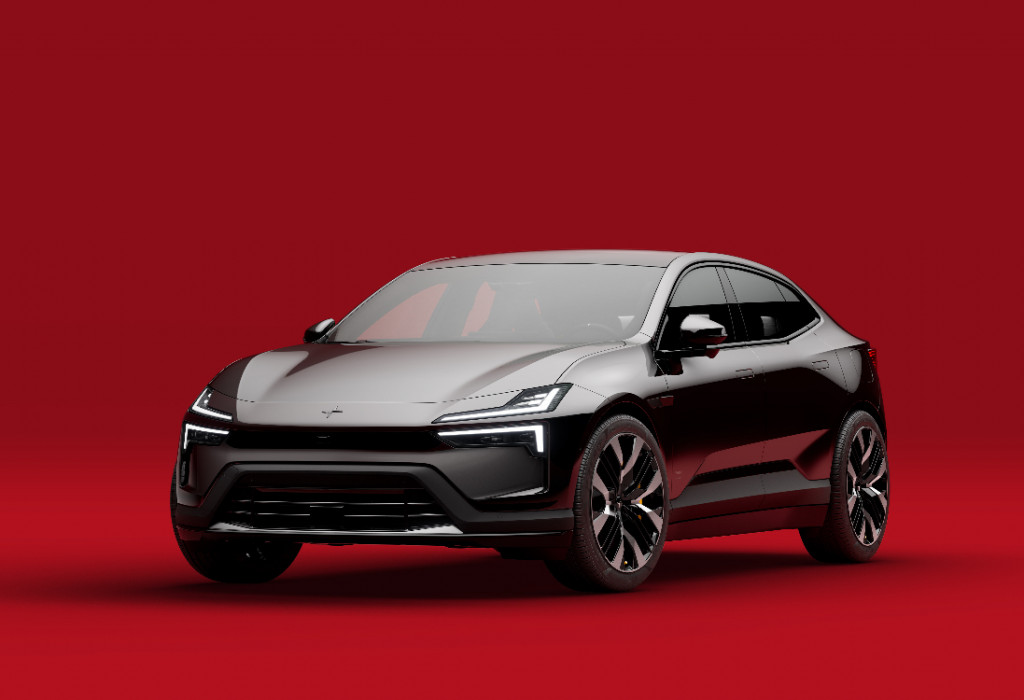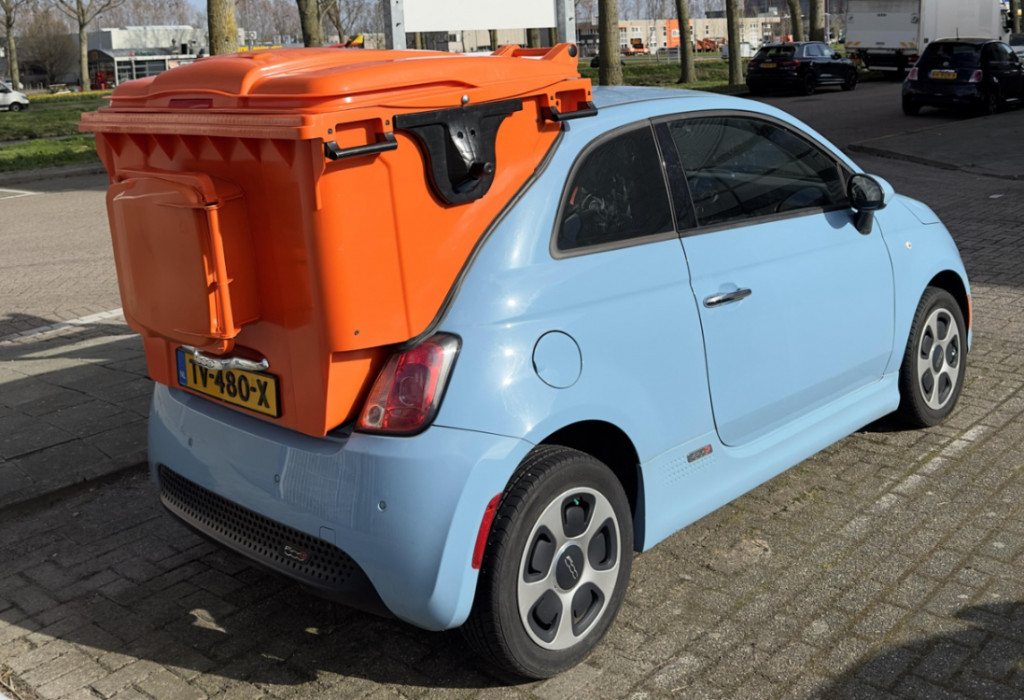 This 2018 Bugatti Chiron just became the most expensive car listed on eBay
This 2018 Bugatti Chiron just became the most expensive car listed on eBay Australia is trialing glow in the dark lines on the roads to improve safety at night
Australia is trialing glow in the dark lines on the roads to improve safety at night The Japanese make probably the most insane idea vehicles
The Japanese make probably the most insane idea vehicles Elon Musk thinks cars with the capability to fly are an idiotic thought
Elon Musk thinks cars with the capability to fly are an idiotic thought Mercedes E-Class gets a new look with more technology and AI.
Mercedes E-Class gets a new look with more technology and AI. The Polestar 4 SUV-coupé was shown off, with no rear window and 544 horsepower.
The Polestar 4 SUV-coupé was shown off, with no rear window and 544 horsepower. Mercedes-Maybach elevates EV luxury to an insane new level.
Mercedes-Maybach elevates EV luxury to an insane new level. The most powerful M-Car ever produced is the BMW XM Label Red.
The most powerful M-Car ever produced is the BMW XM Label Red. As a Range Rover passes through a car wash, watch as it is destroyed.
As a Range Rover passes through a car wash, watch as it is destroyed. The smallest garbage truck in the world was made by the Fiat 500e.
The smallest garbage truck in the world was made by the Fiat 500e.The Range Rover is like the bison to the animal kingdom in the world of automobiles: a beast with a refined interior that is tough, rugged, ready for battle, and deceptively gentle in appearance. However, agile is not what it is.

Therefore, you wouldn't anticipate an Olympic-level performance from one of these massive machines if it were to suddenly perform an evasive maneuver at, say, 77 kmh. especially when the three-ton mass factor is taken into consideration, which is a significant amount by passenger car standards. That figure knocks on the doors to industrial equipment, but the cabin lacks bulldozing capabilities and has plush creature comforts instead.
However, there is a sportier version of the Range Rover, which is referred to simply as the Range Rover Sport. stronger suspension, better handling, a better engine, and a road demeanor still reminiscent of a rhino. The model was put through the infamous and well-known Moose Test. Continue reading to determine whether the outcome is a success or a failure.
First of all, there are no moose in the Moose Test. It gets its name from the cervid with long legs and bad temper, which sometimes decides to plant its huge body on highways. This is not a metaphor because Swedish automakers developed this combined method of vehicle testing precisely because close encounters between animals and automobiles were occurring far too frequently on Scandinavian highways. This is supported by drivers from Canada and the northern states of the United States.
Since it is a safety test, where else but Sweden could it be developed? The test is fairly straightforward: To avoid an obstacle, drive at a certain speed, suddenly yank the steering wheel to the left, pass the obstacle, steer right, and return the vehicle to its road. Although it may seem straightforward, a vehicle must meet certain conditions before receiving a passing grade.
The initial speed is the first thing. The sudden detour must then be limited to a certain distance for each maneuver. Last but not least, the car needs to stay on course without losing control or running over the cones that delineate the path.
A common method for evaluating a vehicle's stability, cornering, braking, and driver assistance features. The test may also be too difficult for some automobiles, depending on a number of influencing factors. One example is the plug-in hybrid Range Rover Sport, which cannot maneuver around the obstacle at the required speed.
The majority of the Range Rover Sport is excessive, despite its all-wheel steering and plethora of braking and stability assistance systems. After all, mechanical advancements do not always win out over physics.
The vehicle, a 2023 Range Rover Sport P510e Autobiography, has an inline-six engine with a capacity of three liters. The powertrain puts 375 kilowatts on all four wheels in conjunction with the 105 kW socket-sucker motor, operating under the "Torque Vectoring Braking" rule.
In Range Rover's marketing bragging words, this "delivers responsive, controlled cornering and handling through even the tightest of bends. The electronic differential and vehicle's braking system constantly balance the distribution of engine torque between the four wheels."
The sporty British car loses its cool and fails the test above 69 kilometers per hour, as should be stated in the fine print. The car is too heavy to stay on the road safely.
The added battery, which brings the total weight to 3,030 kg, is the hidden drawback of hybridization. Even for high-end features like air suspension, torque vectoring braking, all-wheel drive, and all-wheel steering, that's a lot to manage.
69 km/h was the safest speed. The luxury SUV slams into a few cones, understeers a lot, and cocks its inside rear wheel while braking at just one extra 1.5 kilometer per hour. This car's handling on the road is disappointing for a vehicle that costs around 130,154€. Additionally, the P510e Autobiography model is not available for purchase in the United States.
Even at 11 inches wide (285 mm), some gearheads might argue that the 32-inch all-weather/all-season Pirelli tires on the test car are not ideal for this kind of maneuver. However, Pirelli ought to be aware of the rubber they produce given that they invented the slogan "Power is nothing without control" some decades ago.
Given that the Range Rover PHEV, the Sport's sibling, also failed this test, the outcome is not surprising. It's either a lose-lose situation or a bad-and-not-so-bad dilemma, depending on your perspective. In either case, drive slowly to avoid the moose, PETA, and any other problems with the rear bumper hurting.





